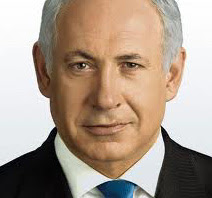
One instantly-recognisable image, seen on walls all over Palestine, is that of Marwan Barghouti, his manacled hands held above his head in a gesture of defiance. Widely regarded as a popular successor to Yasser Arafat, Barghouti was imprisoned by the Israelis on spurious charges in 2002. He was re-elected to the Palestinian Parliament in 2006 from his prison cell.
An estimated 11,000 Palestinians languish in Israeli jails, including a number of elected parliamentarians. They include women, children, sick and elderly. Most of them are political prisoners - prisoners of conscience tried by military judges using archaic penal codes derived from Ottoman times or the pre-1948 British Administrative Detention system. These laws do not apply to citizens of Israel. How's that for a healthy democracy?











